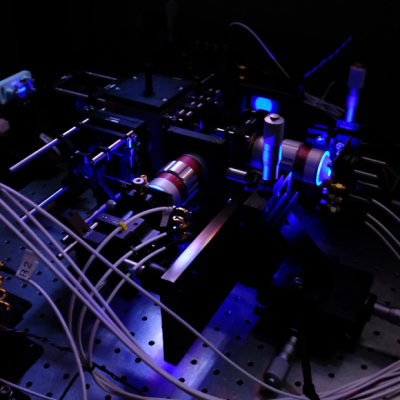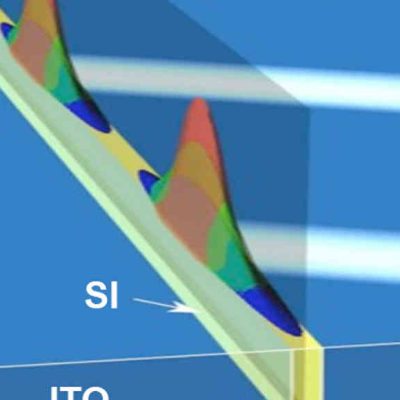Scientists have made a breakthrough in the field of light-driven electronics, which could significantly accelerate technological development. The interaction between matter and light plays a crucial role in nature, including photosynthesis. Researchers have now examined this interaction more closely, paving the way for light-wave-controlled electronics. When data is encoded on light waves and stored or transmitted using this technology, it could be 100,000 times faster than current systems.
The scientists observed how near-fields behave under the influence of light. When light falls on metals, it triggers special processes on the metal surface. The metal atoms are excited to vibrate by the electromagnetic field, resulting in near-fields. An international team of physicists at the Ludwig-Maximilians-University and the Max-Planck-Institute for Quantum Optics, in collaboration with researchers from the Friedrich-Alexander-University Erlangen, observed how these near-fields behave under the influence of light.
The researchers sent strong infrared laser pulses to a golden nanowire, causing the light to vibrate the conduction electrons in the gold atom compound. This led to the creation of near-fields on the wire surface. The physicists then aimed to determine the temporal relationship between the light fields and the near-fields. They sent a second light pulse to the nanostructure immediately after the first laser pulse, causing the ejection of individual electrons from the nanowire. The particles were detected and accelerated by the near-fields on the surface. The results of the particle analysis showed that the vibration of the near-fields is about 250 attoseconds ahead of the incoming light, and the near-field vibration reaches its maximum before the light field.
The researchers concluded that this measurement method could precisely depict surface waves and fields on nanostructures, which are essential in light-wave electronics. The experiments have paved the way for more complex studies in the field of nanooptics. The future of light-driven electronics with light-matter interaction on suitable metals is now closer than ever. With the light vibrating at petahertz frequencies, approximately one million times per second, just as many switching operations would be possible, about 100,000 more than at present. This would reach the technical limit of data processing.








